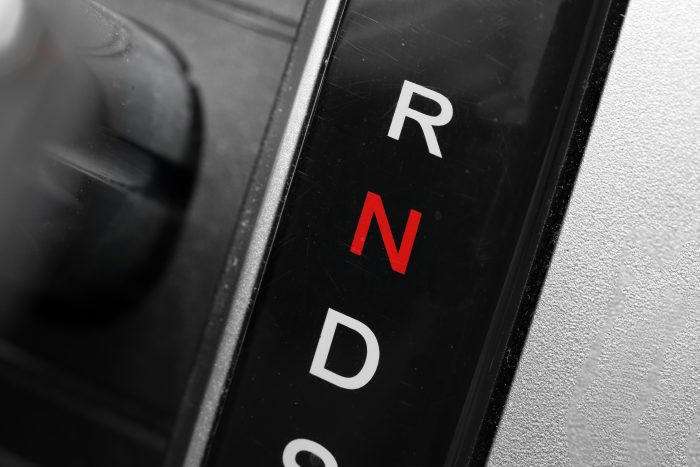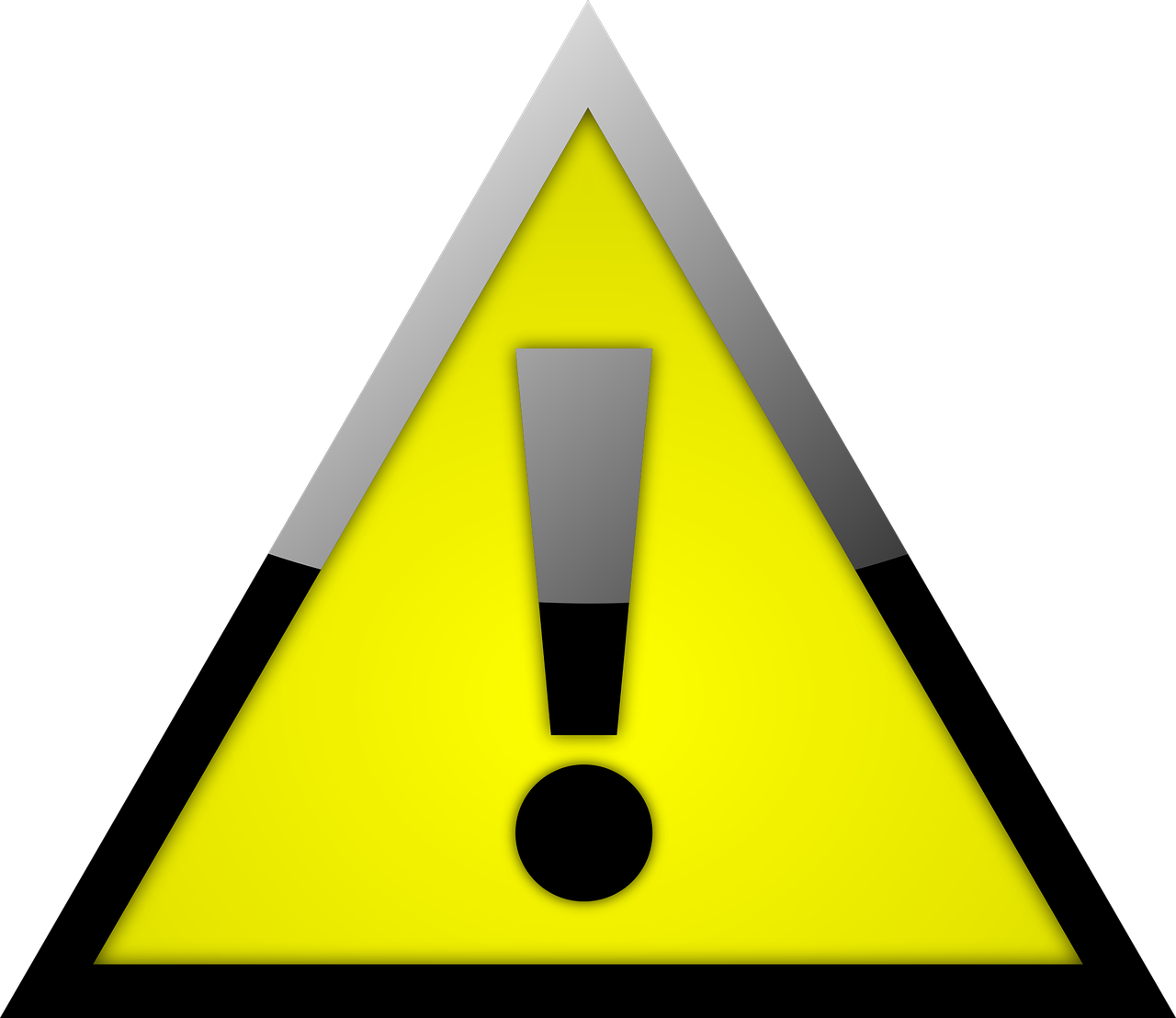 The “neutral rate” has taken on a life of its own. The Bank of Canada is talking about it, analysts are talking about it, the media is talking about it and everyday mortgagors are talking about it.
The “neutral rate” has taken on a life of its own. The Bank of Canada is talking about it, analysts are talking about it, the media is talking about it and everyday mortgagors are talking about it.
Millions of Canadians, us included, use it as reference when trying to estimate how high rates might go.
But the neutral rate is being misinterpreted, and that can be dangerous. It needs some perspective in order to be useful, and that’s what we’ll try to provide here.
********
What is it?
The neutral rate is the theoretical overnight rate that exists when inflation is at the Bank of Canada’s 2% target and stable.
As we speak, Canada’s overnight rate is 1.50%. The market reckons the neutral rate is somewhere around 2.25%, however, about 75 basis points higher. The Bank of Canada’s magic eight ball pegs it even higher, at least 2.50%.
Some have interpreted this to mean that Canada’s overnight rate must halt once it hits 2.25% to 2.50%. That would be a mistake.
Neutral is Not a Stop Sign
Central banks can, have and do take rates above “neutral.” The neutral rate is not a steel ceiling. Markets have overshot neutral rates countless times throughout history.
Even the Fed’s latest policy report forecasts that U.S. rates will rise to “somewhat above” neutral by year-end 2019 and through 2020.
What the neutral rate is, is a place where rates settle after a central bank hikes rates enough to bring inflation back to target.
And the neutral rate is a moving target. It changes over time. Five years from now neutral could be higher or lower than people estimate it today.
Upside Rate Risk
The threat of rates exceeding the neutral rate is real. Consider that:
- Bank of Canada chief, Stephen Poloz, put the market on notice Wednesday that he won’t hesitate to boost rates if trade tariffs create inflation risk
- That is possible since tariffs make goods more expensive
- Poloz warned, “If the economy is operating at capacity, [trade tariffs] can cause a shift up in inflation expectations and that is something we would vigorously prevent.”
- Trump tax cuts and pro-U.S. business policies are high octane for the U.S. economy
- Other things equal, that’s supportive of Canadian growth and (potentially) inflationary.
- In Q2 the U.S. economy grew as fast as 4.5% to 5%, a red hot clip.
- Unemployment remains near an 18-year low, and just a hair above its 50-year low of 3.5%.
- It’s been ages since core inflation was meaningfully above the Bank of Canada’s limit.
- Sometimes the market has a short memory and gets complacent. There’s a chance the market is underestimating U.S. trends that are driving inflation.
- That could potentially result in even quicker hikes next year if the central bank finds itself rushing to contain price increases. (We’re by no means predicting this, just pointing out the possibility.)
Downside Rate Risk
Canada faces just as many economic risks—risks that could hold rates below neutral rate for years. And some are just coming out of the woodwork now:
- Yesterday came word that the U.S. is suing Canada over trade
- While Trump may relent, he’s got the U.S. on the brink of a full-blown global trade war
- This could directly and indirectly suppress Canadian growth (and rates)
- The spread between U.S. 10-year and 2-year rates keeps shrinking
- That’s a recessionary signal, say some. Not so, say others.
- Either way, bond traders now believe a U.S. rate cut is just as likely as a hike in 2020.
- The spread between U.S. and Canadian rates (5-year bond yields) has widened 100% since the start of the year
- Despite some economists maintaining that Canada must follow the U.S. central bank, history shows that American and Canadian rates can deviate for months, sometimes years.
- The more the U.S. continues outperforming Canada’s economy, the more U.S. rates could rise without pulling up Canadian rates.
This is on top of all the usual dis-inflationary suspects (increased rate sensitivity from debt-heavy consumers paying high living costs, mortgage headwinds, an aging society, productivity-enhancing technology, offshoring, etc., etc.). With much now hanging over the economy, few see Canadian rates soaring over neutral.
The Thing to Remember
The Bank of Canada could certainly stop at three more hikes. And yes, that’s a reasonable forecast for rate modelling purposes given market expectations.
Just don’t rely on it. Not if your family budget would be in peril were rates to rise 150+ bps more.
Investor sentiment changes like the April sky. There’s a never-ending stream of unforeseeable economic developments.
This “random walk,” as they call it, suggests rate increases and decreases are equally likely over time. In turn, rates could easily exceed or undershoot the neutral rate in 2019, 2020 and beyond.
All this is to say, it’s fine to choose a term based (partly) on today’s market probabilities. But only if doing so means you can ride out unexpected rate hikes if today’s “neutral” estimates prove too low.

 log in
log in
 The Bank of Canada could certainly stop at three more hikes. And yes, that’s a reasonable forecast for rate modelling purposes given market expectations.
The Bank of Canada could certainly stop at three more hikes. And yes, that’s a reasonable forecast for rate modelling purposes given market expectations.
3 Comments
Based on long term bond pricing, inflation will trend well below 2%. Subtracting the 0.48% real return from the 2.19% long term bond yield suggests inflation around 1.7%. Depending on how much inflation risk premium is baked into the 2.19% yield, we are looking at a long term average of 1.6-1.7%.
This is pretty sensible. Feel it would do better to consider US neutral rate diverging from CAD neutral rate and fed rises dragging Canada along as a weaker CAD drives import inflation. That is to say: fed is in the driving seat.
As a major manufacturer you’d have to be crazy to invest millions or billions in Canada when protectionist US politicians are doing everything they can to create doubt about that decision. The US is killing us on everything – manufacturing, tax policy, oil investment and on and on. Direct investment in our oil sands plunged 26% in 2017. Yet shale investment in the US is soaring. Growth and rates, north and south of the border, could deviate in ways we’ve never seen before. Fasten your seatbelts and go long the Fed-BOC spread.